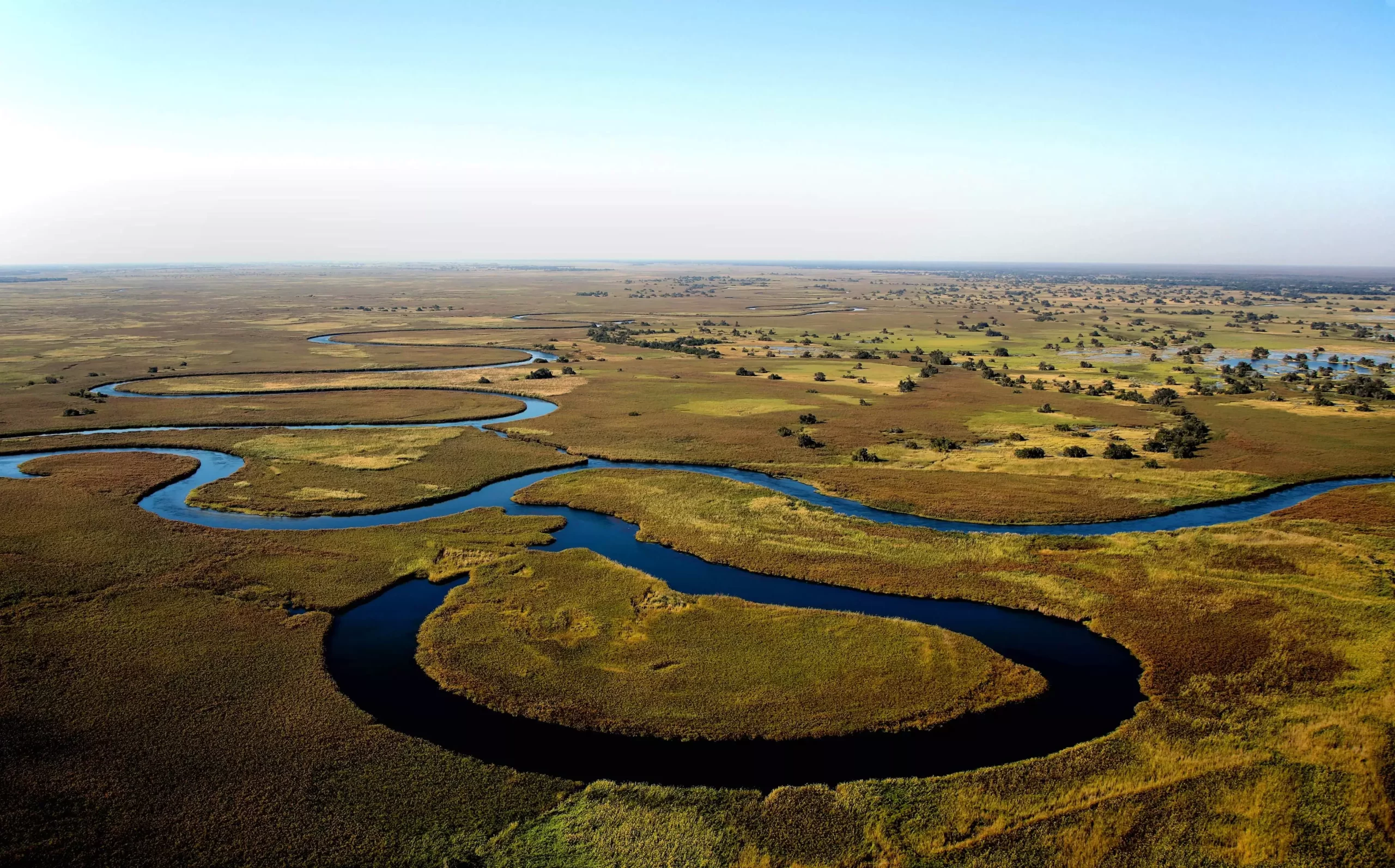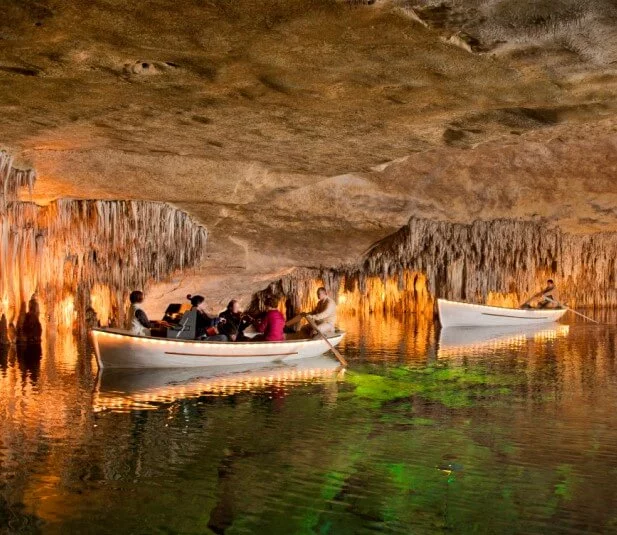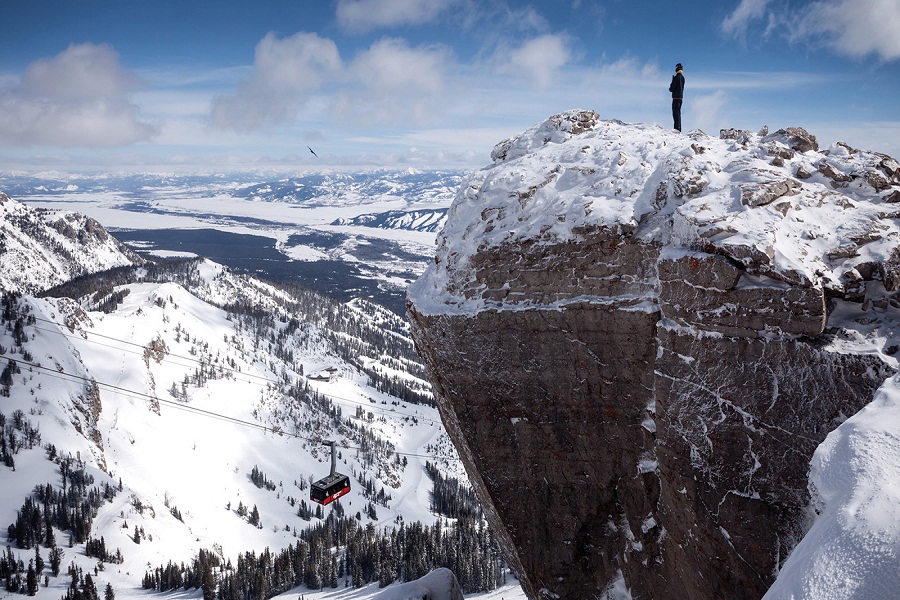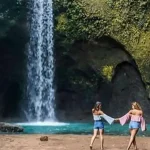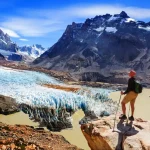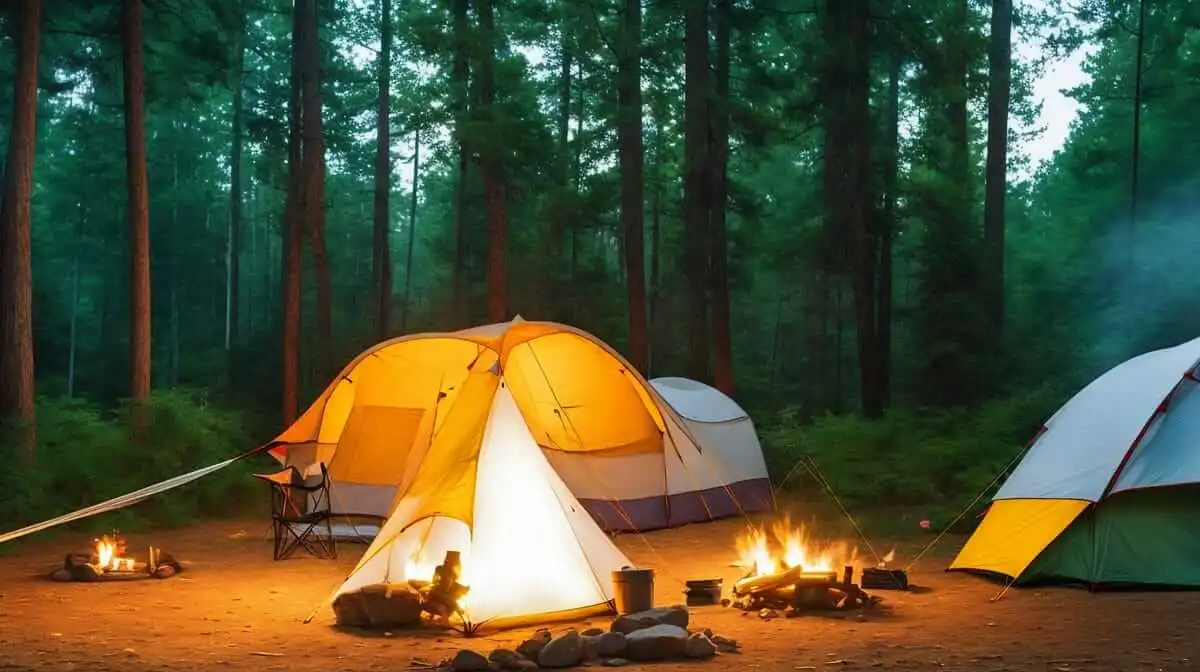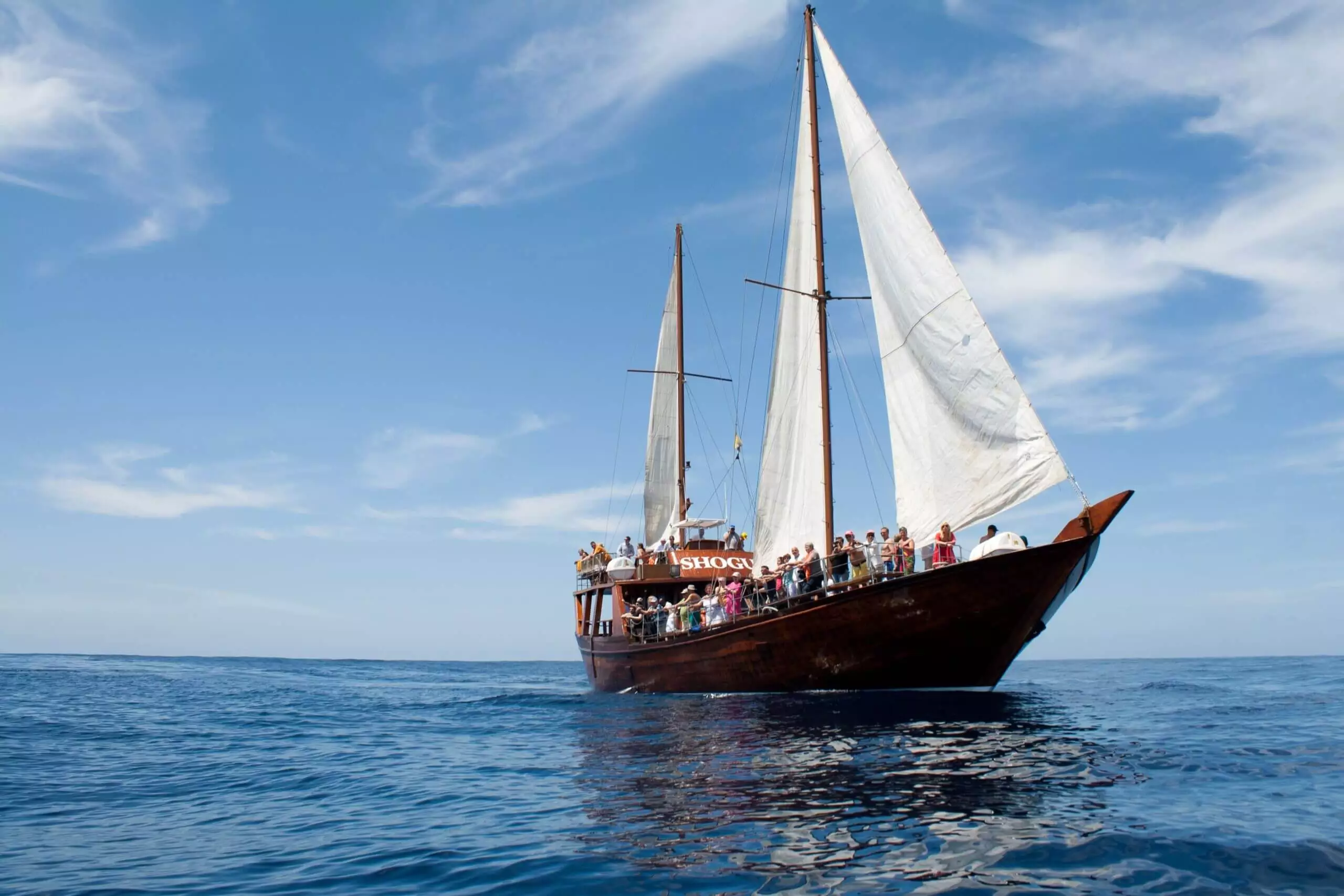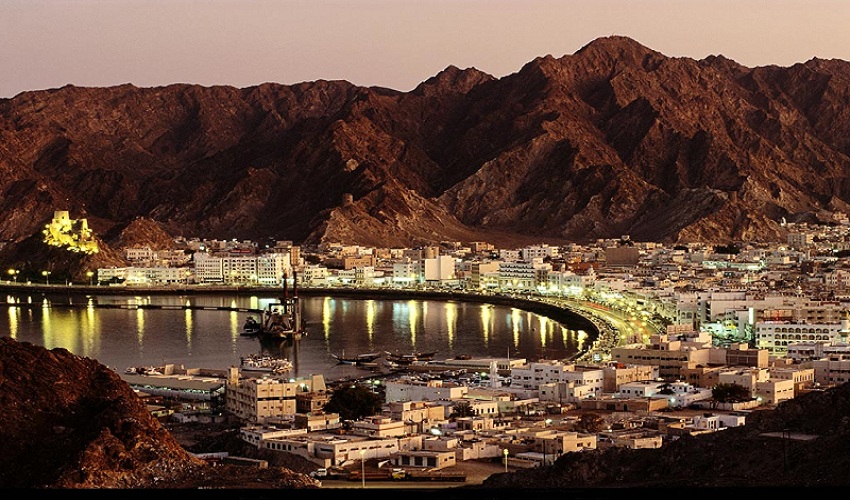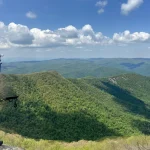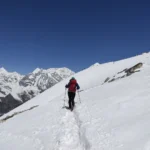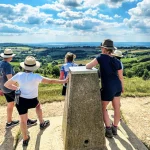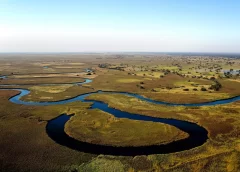
Planning Your Trip to the Okavango Delta
September 18, 2023
Imagine a vast wilderness filled with channels and reeds, surrounded by towering jackleberries and gigantic sausage trees. Bulrushes conceal large herds buffalo in this area, and elephants can be found roaming freely. This is Botswana’s crown jewel, the Okavango Delta. It is a wildlife paradise and has been called the “last Eden of Africa” – a testament to its beauty and a warning about the decline elsewhere. The maze of swamps, lagoons and secluded areas make it a refuge for vulnerable species. Even the rhinoceros is able to thrive in these areas. The Okavango is a conservation success story that has made it one of the most diverse and richly biodiverse ecosystems in Africa. It’s also arguably the best wildlife destination worldwide.
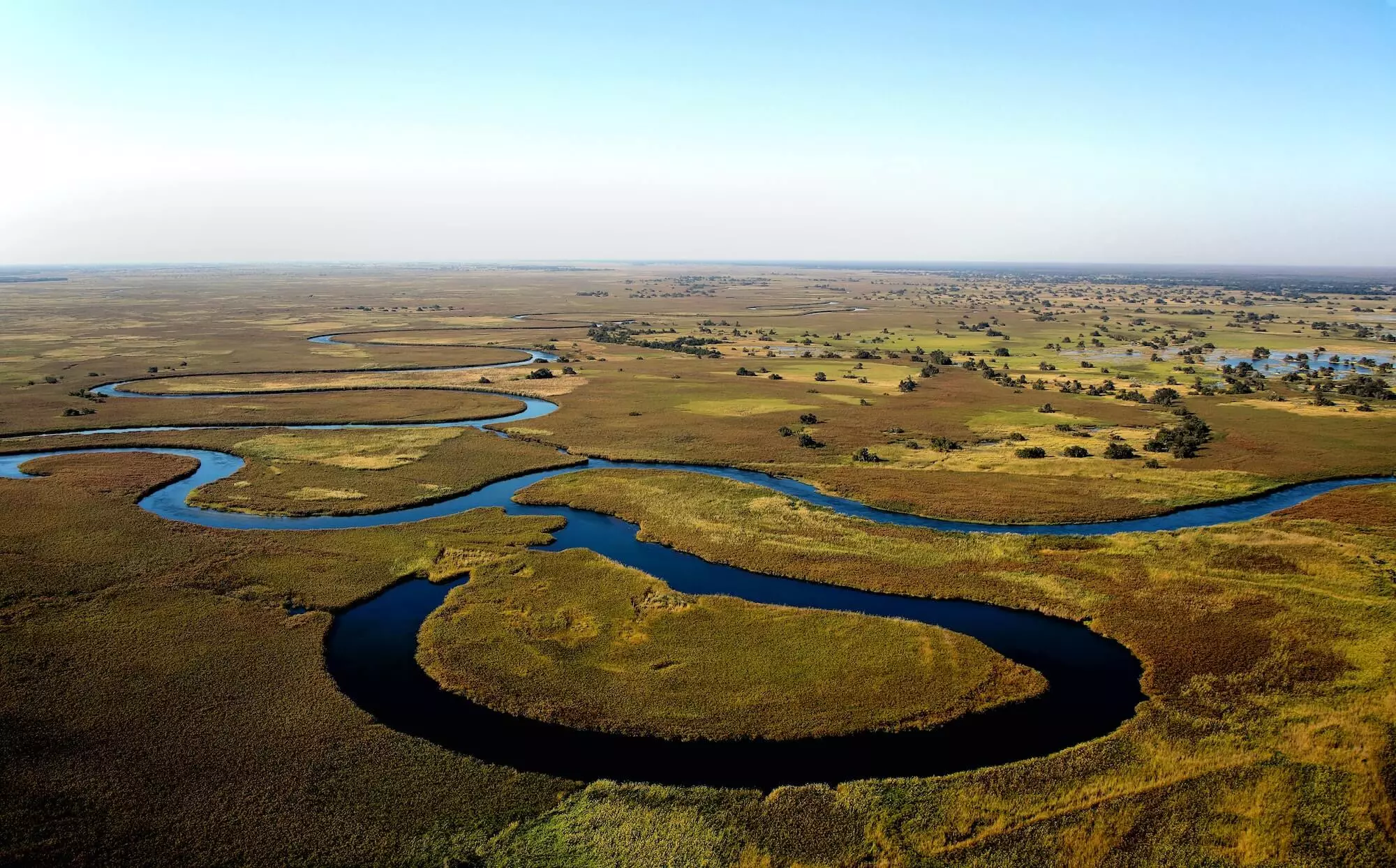
Why Visit the Okavango Delta
The Okavango Delta was declared a UNESCO World Heritage Site on June 14, 2014. It is known for its unique annual flood. Each year 11 trillion litres water flow south down the Okavango River, an annual deluge from Angola which never reaches the ocean. It instead spreads southeast to the Kalahari interior, saturating approximately 20,000 km2 of sand. This is the last remnant of an immense inland lake that has slowly drained over the millennia, leaving only the Makgadikgadi Salt Pans.
Although the Okavango’s water doesn’t feed a lake anymore, they are still vital to wildlife in the area. The Kalahari is a semi-arid desert in the middle of Botswana. It receives very little rainfall. The uniqueness of the Delta is its flooding that occurs during the dry winter months. The waters start to surge northwards from the ‘Panhandle,’ as the summer rains recede in March and April. They slowly fan out as they reach the Delta. It can take up to four years for them to travel south to Maun. This seasonal flow is a source of water year round, providing water for thousands of plants and animals.
The Okavango Delta is a world-class wildlife region. It’s not only famous for its spectacular game viewing but also because of its achievements in conservation. Its success can be attributed to a tireless, meticulous management system and the conviction that all successes should be shared. Botswana has had a long-standing low-density model for tourism. This allows a small number of lodges and camps to operate at a premium. While this can increase the cost of a Botswana safari, it also means that local communities are included and substantial revenue is shared. The Delta is home to some of the most beautiful and wildest game lodges in the world. Although prices can be prohibitive, this is part of the price for success. The Delta is a place where the community sees value. This keeps poaching down and general encroachment to a minimum.
Wildlife in the Okavango Delta
Although official counts may vary, it is generally believed that at least 2000 species are found in the Okavango Delta. More than half of these species are plants. They include giant hardwoods and waterlilies. Wild date palms and fan palms can be found in the Delta, nestled on small islands between the waterberry and fig trees. You can see the anomaly in a satellite image. It is a lush hand reaching south into sand.
You can see painted reeds frogs clinging on to the stems up close, in the channels. The Delta has been home to around 30 amphibians, 60 reptiles, and 70 species of fish. Many people visit the Panhandle for fishing. ‘Catch and Release’ fishing lodges are very popular. The most popular prize is the ferocious-looking Tigerfish.
The Okavango Delta is never completely draining and boat is the best way to see it. You can fish or not fishing, so a boat excursion is essential. These canoes, called’mekoro’ or’mekoro’ are used to navigate narrow waterways and provide a great way to see the Delta’s more than 400 bird species. As you sit and soak in one the last great open-air aviaries, expert guides will guide you around the hippos.
The Okavango Delta is never completely draining and boat is the best way to see it. You can fish or not fishing, so a boat excursion is essential. These canoes, called’mekoro’ or’mekoro’ are used to navigate narrow waterways and provide a great way to see the Delta’s more than 400 bird species. As you sit and soak in one the last great open-air aviaries, expert guides will guide you around the hippos.
The Delta is home to Africa’s famous megafauna, which includes more than a third of its elephants. You will find all the Big Five, including white and black rhino that have been reintroduced recently. Although predator sightings can never be guaranteed, there are very few places where they are possible. The common sightings of lion, leopard, and cheetah, along with wild dog, wild hyena and jackal, are not uncommon. They prey on thousands of herbivores that are attracted to the Delta’s abundant water and food. Red lechwe and the rare sitatunga are both well-adapted to the swamplands. You’ll also see the amazing roan and the sable antelope, with their scimitar-curved hairs.

Linda Lucero is a travel blogger from the US. She loves to meet new people and explore new cultures, as well as try delicious foods. Linda’s blog is full of her adventures around the world! In her spare time, she likes reading books about other cultures and how they might be different from what she knows in the United States.

